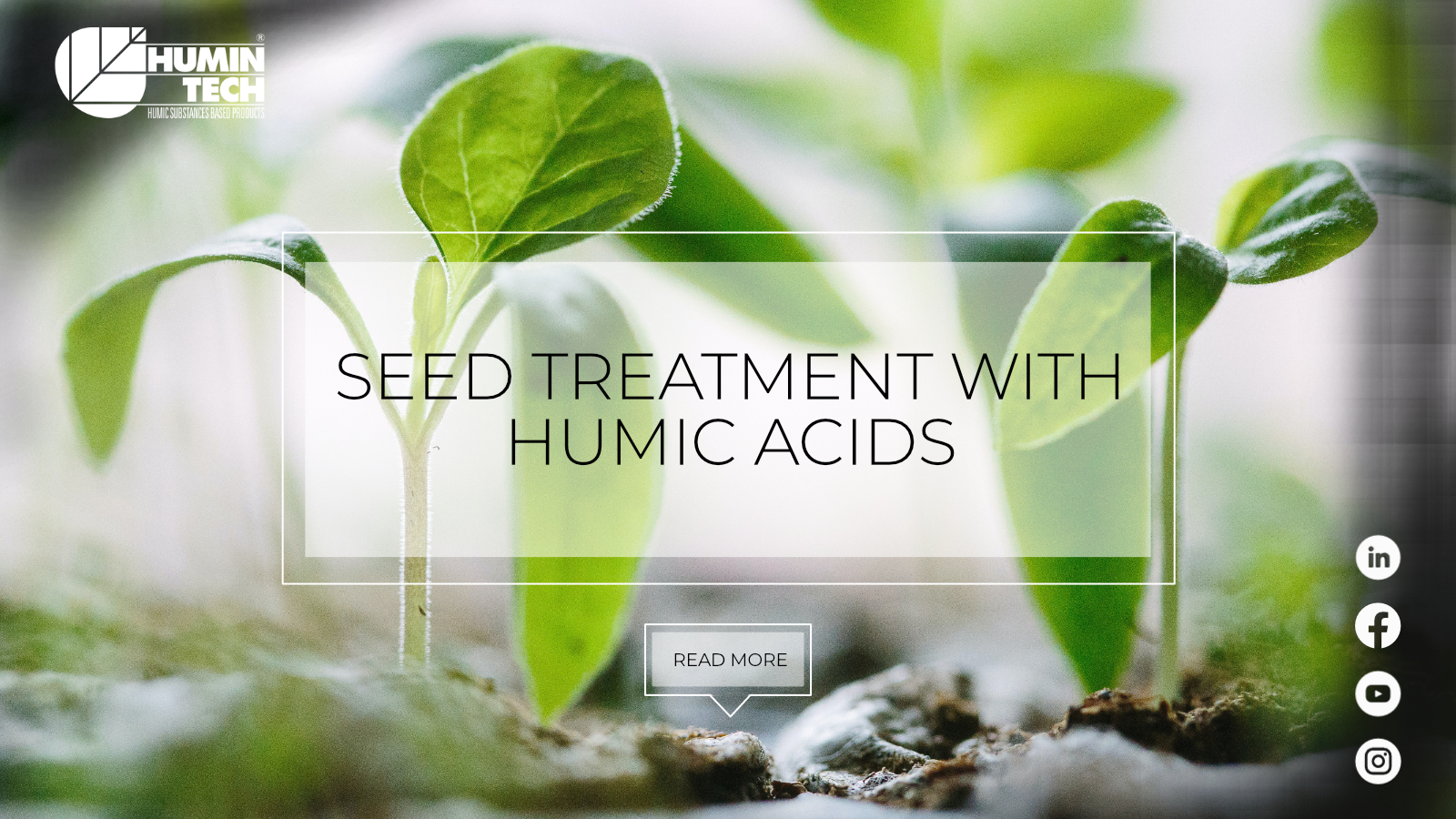Seed Treatment With Humic Acids

Higher yields with environmentally friendly active ingredients
Seed dressing with humic acids is proving to be a promising solution to the many challenges of sustainable agriculture. Humic acids are natural biostimulants that support plant growth and increase nutrient efficiency without leaving harmful residues in the soil. On the contrary, humic substances develop their positive effects over many months and years, supporting humus build-up, microorganisms and soil structure.
This is what the application brings:
1) Increased yields: Studies have shown that the use of humic acids in seed dressing produces significant results. In wheat cultivation, we were able to achieve an increase of around 30 % in the fresh weight and 25 % in the dry weight of the plants through the use of HUMICRAFT®.
2) Sustainability: Humic acids are natural substances that have a variety of positive effects on the soil habitat and the crops growing on it. They can be combined with other dressings without any problems.
3) Improved plant health: Seed dressing with humic acids promotes root growth and nutrient uptake by plants, making them more resistant to environmental stressors such as drought and disease. This helps reduce the use of crop protection products.
Humicraft® can be added to the seed dressing systems of the agricultural trade or to the company's own mixtures on the farm. Experience shows that an optimum effect is already achieved at 4–5 l/t. Since the building blocks of the humic substances have a hormone-like effect, permeability is increased and the growth of the seedlings is stimulated.
This is also important:
a) Seed quality: Be sure to select high-quality seed that is suitable for the specific requirements of your cropland.
b) Dosage: Follow the recommended dosage instructions for humic acid dressing. Excessive application may be counterproductive.
c) Dressing procedures: Use appropriate dressing procedures to ensure that the seed is evenly and effectively treated with humic acids.
d) Soil testing: Conduct regular soil tests to check the nutrient content and pH of the soil and adjust fertilization accordingly.
e) Monitoring and Adjustment: Closely monitor plant growth and development of your crops and adjust irrigation, fertilization and other measures as necessary to achieve optimal results.
f) Experience sharing: network with other growers who have experience with humic acid seed dressing to learn from their experiences and share best practices.
Any questions? Please contact us.


Comments
No Comments